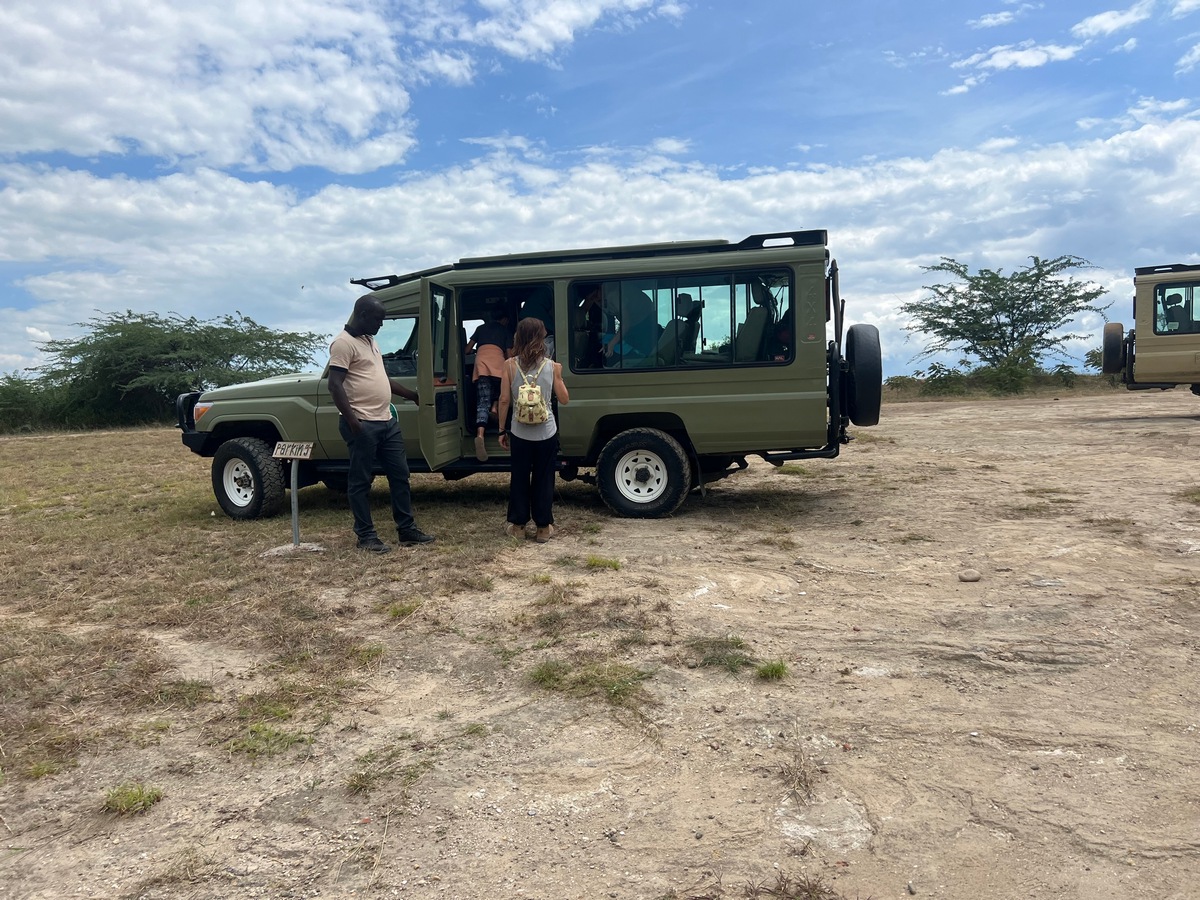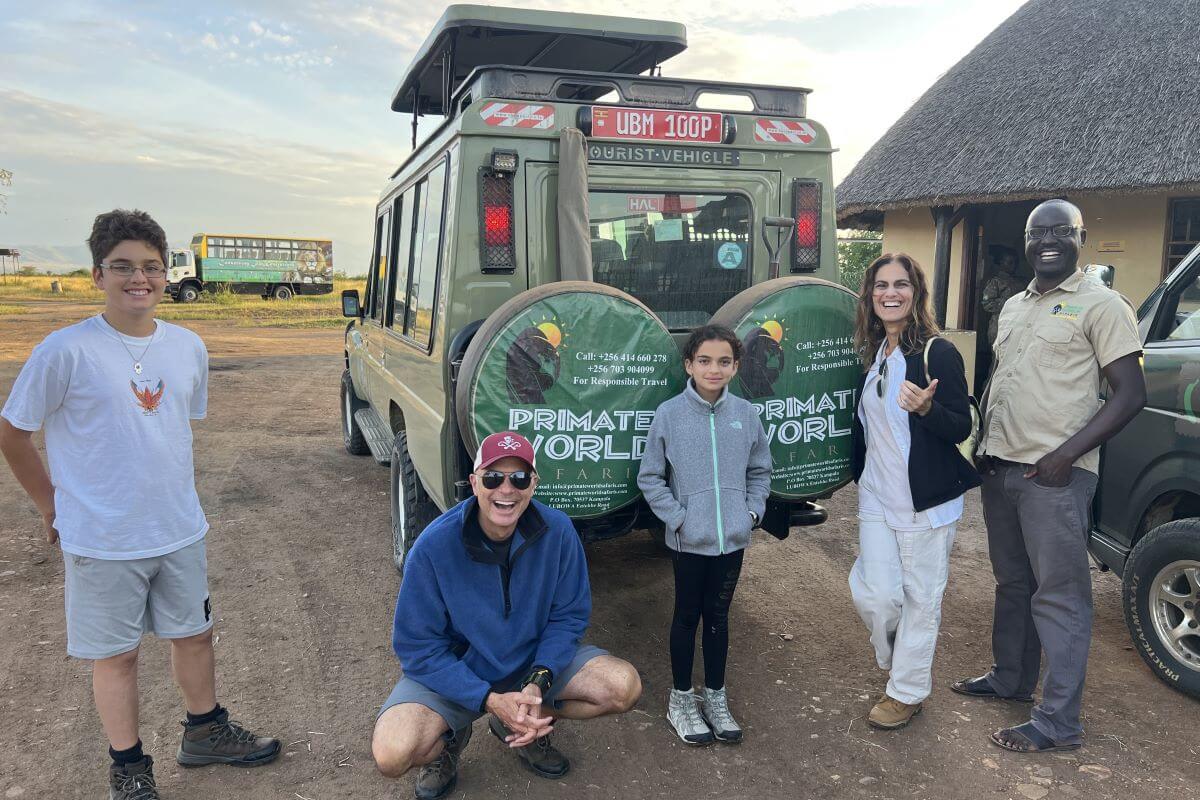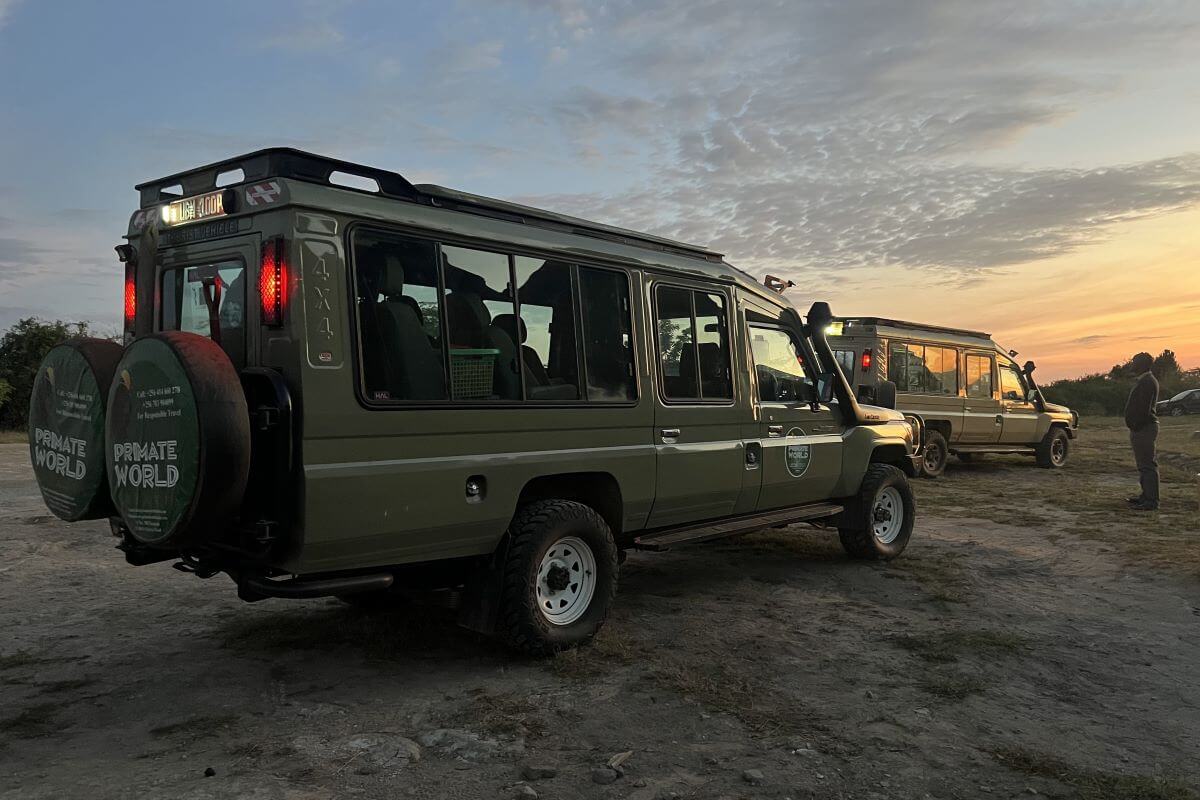Birdwatching Safaris & Tour Journeys in East Africa, also known as birding, is a popular African safari activity where birds are observed in their natural habitats. It is a great way to connect with nature, learn about different bird species, and enjoy the outdoors.
Whether you’re a beginner or a seasoned birder, there’s always something new to discover. From the vibrant colors of tropical birds to the subtle markings of local songbirds, each species has its unique charm.
Plus, Birdwatching Safaris & Tour can be a great excuse to spend time outdoors and explore different habitats, from forests and wetlands to urban parks and gardens. Do you enjoy Birdwatching Safaris & Tours yourself, or are you interested in starting? East Africa is the perfect place for you.
East Africa has a variety of habitats, including savannas, forests, wetlands, and mountains. The diverse range of ecosystems is to thank for the region’s flourishing population which includes over 1,000 bird species. More than 50%of all bird species in Africa can be seen in East Africa making it a paradise for birders.
From the iconic African fish eagle to the elusive shoebill stork, East Africa offers a chance to observe a wide array of bird species in their natural habitats.
Uganda is regarded as one of the best countries for Birdwatching Safaris & tours in Africa because it is home to more than 1000 different bird species despite its small size. Uganda’s geography is made up of many lakes, rivers, swamps, forests, mountains, and expansive savannahs.
In these various ecosystems, you can find birds both common and rare, including some that won’t be found anywhere else in the world. Whether you are on safari or moving through Uganda’s town, the variety of birds around you is unlike anywhere else.
Located along the shores of Lake Victoria and only an hour from Kampala City, this wetland is a well-known destination for birding, especially for the elusive shoebill stork. Other birds that can be spotted around the swamp include; the African jacana, Blue-breasted bee-eater, Long-tailed cormorant, Papyrus gonolek, Hammerkop, Grey-headed Kingfisher, Northern brown-throated weaver bird, little egret, and many others.
Bwindi Impenetrable National Park is a UNESCO World Heritage Site that protects one of the most biologically diverse forests in Africa. The park has over 350 bird species, of which 23 are endemic to the Albertine Rift region. Some of the rare and beautiful birds that can be seen in Bwindi include the African green broadbill, Grauer’s rush warbler, Chapin’s flycatcher, Shelley’s crimsonwing, blue-headed sunbird, and yellow-eyed black flycatcher.
This is the largest and oldest national park in Uganda, covering an area of over 3,800 square kilometers. The park boasts over 450 bird species, including the rare shoebill stork, which can be seen along the Nile Delta. Other notable birds include the saddle-billed stork, goliath heron, giant kingfisher, red-throated bee-eater, Abyssinian ground hornbill, secretary bird, and silverbird.

Tanzania is another top destination for Birdwatching Safaris & tours in East Africa, with over 1,100 species of birds, including 35 endemics and 50 near-endemics. The country has diverse landscapes, from snow-capped mountains and volcanic craters to vast savannah plains and tropical islands.
Some of the best places to go Birdwatching Safaris & Tour in Tanzania are
This park is renowned for its wildlife and scenery, but it is also a great place for birding, with over 500 species of birds recorded. You can see migratory birds like wildebeest-associated wattled starlings and white storks, as well as resident birds like grey-breasted spurfowls, Fischer’s lovebirds, rufous-tailed weavers and Usambiro barbets.
This crater is one of the natural wonders of the world and hosts a high concentration of wildlife, including over 500 species of birds. You can see waterbirds like flamingos, spoonbills, ibises, and cranes on the crater lake, as well as grassland birds like ostriches, bustards, larks, and pipits on the crater floor. You can also spot raptors like the lammergeier, the martial eagle, and the pallid harrier.
This park is famous for its tree-climbing lions and large herds of elephants, but it is also a great place for birding, with over 400 species of birds recorded. You can see waterbirds like pelicans, cormorants, herons, and storks on the lake, as well as forest birds like hornbills, turacos, woodpeckers, and barbets in the woodland. You can also spot raptors like the crowned eagle, the bateleur, and the African hawk-eagle.
This park is home to the highest mountain in Africa and offers a unique opportunity to see the different altitudinal zones and their associated birds. You can see montane forest birds like the Hartlaub’s turaco, the silvery-cheeked hornbill, the white-starred robin, and the cinnamon-chested bee-eater, as well as alpine birds like the alpine chat, the scarlet-tufted malachite sunbird and the lammergeier.
This island is a popular tourist destination for its beaches and culture, but it is also a great place for birding, with over 200 species of birds recorded, including 11 endemics and 4 near-endemics. You can see coastal birds like crab-plovers, roseate terns, mangrove kingfishers, and dimorphic egrets, as well as forest birds like the Zanzibar red colobus, the Pemba scops owl, the Zanzibar somber greenbul and the Pemba Sunbird.

In Kenya, you can encounter birds like flamingos, ostriches, hornbills, turacos, bee-eaters, sunbirds, weavers, eagles, vultures and many more.
Some of the best places to go Birdwatching Safaris & Tour in Kenya are
This park is located just outside the capital city and boasts over 500 species of birds, including some rare ones like the Hartlaub’s turaco, the Aberdare cisticola, and the Jackson’s widowbird. You can also see big mammals like lions, rhinos, and giraffes.
This park is famous for its huge flocks of flamingos that turn the lake pink, as well as other waterbirds like pelicans, storks, herons, and ducks. You can also spot raptors like the African fish eagle, the augur buzzard, and the Verreaux’s eagle.
This forest is a remnant of the ancient Guineo-Congolian rainforest and hosts over 300 species of birds, many of which are endemic or near-endemic to this region. You can see colorful birds like the great blue turaco, Ross’s turaco, the blue-headed bee-eater, the yellow-bellied wattle-eye, and the black-and-white casqued hornbill.
This reserve is famous for its abundant wildlife and spectacular wildebeest migration, but it is also a great place for birding, with over 500 species of birds recorded. You can see large birds like ostriches, secretary birds, kori bustards, and crowned cranes, as well as smaller ones like lilac-breasted rollers, superb starlings, red-cheeked cordon-bleus and Hildebrandt’s francolins.

Rwanda has about 700 bird species, including 29 Albertine Rift Endemics. Some of the best places to see these amazing birds are:
This is a tropical montane rainforest with about 322 bird species, including the rare Red-collared Babbler, Rwenzori Turaco, and Grauer’s Warbler.
This savannah park is home to 490 bird species that include the range-restricted Red-faced Barbet, Papyrus Gonolek, and Northern Brown-throated Weaver.
With its mountain ranges and thick rainforest, Volcanoes is blessed with 200 bird species like the Handsome Francolin, Rwenzori Batis, and Archer’s Robin-Chat.
This is the largest lake in Rwanda and it hosts up to 60 bird species such as the White-breasted Cormorant, African Fish Eagle, and Malachite Kingfisher.
Uganda, Rwanda, Kenya, and Tanzania experience tropical climates that are characterized by 2 main seasons, the wet and dry seasons. In the savannah areas, the seasons are very distinct but this is not the case in forested, mountainous, and swampy ecosystems. The microclimates in these regions make it possible for rain at any time of the day, regardless of seasons.
In many parts of East Africa, the dry season, which runs typically from June to October, is considered the best time for Birdwatching Safaris & tours. During this period, it is easier to spot birds because the vegetation is less dense and the birds also concentrate around water sources. Migratory birds from Europe and Asia also arrive in East Africa during this time, adding to the diversity of bird species.
However, the short rains between November and February create favorable conditions for nesting and breeding among bird species.
What you pack for any Birdwatching Safari & Tour should always depend on which places you will visit and what activities you are partaking in. Similarly, what you pack for your Birdwatching Safaris & Tours will be determined by the details of the entire trip.
Day pack for carrying your water, snacks, camera, and other personal items when you are on the move
